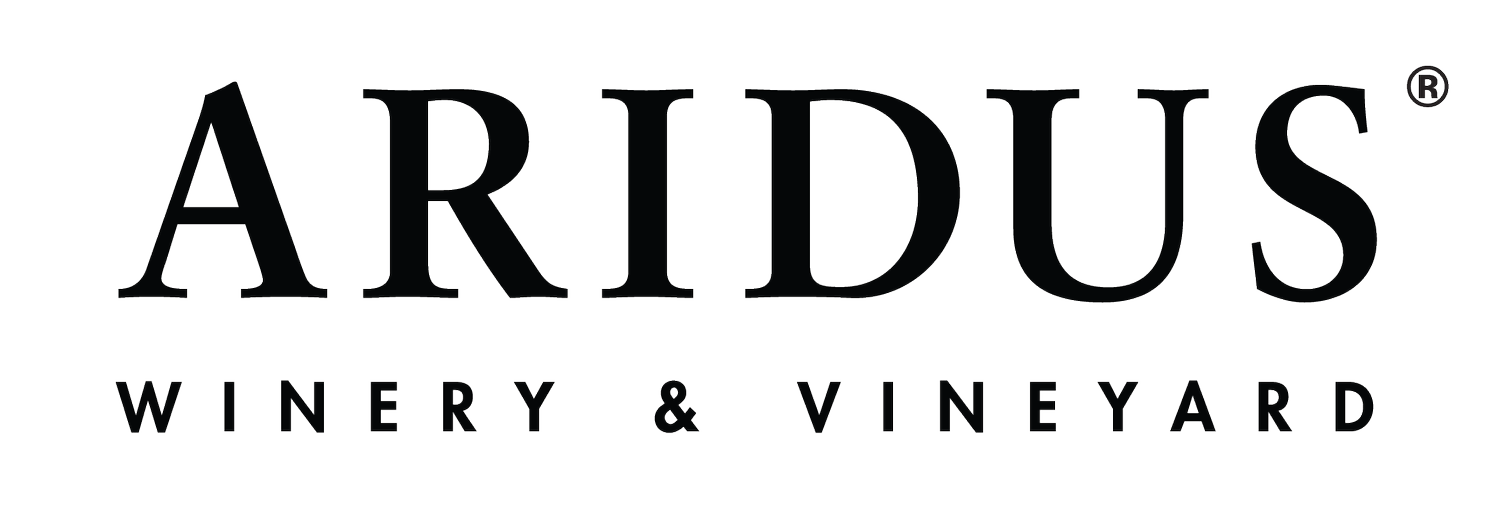Sensational Wine and Cheese Pairings You Need to Try
It is an age-old question: what wine pairs well with which cheese? How did wine and cheese become such an iconic duo? While the true answer to this question may be lost to time, we have a few thoughts on the matter. Both are boldly flavored fermented products. Both have the ability to age (or not), oftentimes in caves. Though each may come from the same region and be made from similar raw materials, they taste different from each individual producer. While this guide is by no means meant to be prescriptive, here are a few of our favorite wine and cheese pairings (in no particular order).
Goat Cheese and Sauvignon Blanc
Goat cheese is one of our favorite cheeses here at Aridus. Tangy, acidic, and creamy, this cheese has it all. Many types of goat cheese are served young, with an aging period of a few weeks to a few months, though aged versions do exist.
Because of its high level of acidity, Sauvignon Blanc is the perfect pairing for goat cheese. It meets the level of acidity in the cheese and allows for the best of each to shine. The goat cheese will really highlight the citrus and passionfruit aromas and flavors in the wine, and the Sauvignon Blanc will bring out additionally herbal flavors in the cheese.
Runner up: Merlot
Manchego and Tempranillo
Manchego is a hard sheep’s cheese with a nutty, mildly tangy flavor that comes from the La Mancha region of Spain. It can be aged anywhere from 2 weeks up to two years. The aging process not only deepens the flavor of the cheese, but also changes the texture from creamy to flaky.
Tempranillo’s bright fruit flavors are a great pairing for Manchego – the dryness of the wine highlights the texture of the cheese, and the fruitiness brings out some of the inherent sweetness of the milk that would otherwise languish as a background note. Meanwhile the nuttiness of the cheese enhances and deepens the flavors of the Tempranillo.
Runner up: Sherry
Blue Cheese and Malbec
Blue cheese develops its distinctive blue veining and spots as a result of a harmless penicillium mold. It is also thanks to this mold’s breaking down of fats into ketones that gives the cheese its rich and unique flavors and aromas. Blue cheeses are made around the world and some of the most recognizable examples include Roquefort, Gorgonzola, and Stilton. Blue cheeses are made from a variety of animal milks – the key component being the mold.
While port is often cited as the perfect pairing for blue cheeses, we like to pair Malbec with it. Malbec can stand up beautifully to blue cheese and the savory notes of the cheese can really highlight the berry flavors and aromas of the Malbec. Plus, with less alcohol than a port, you can enjoy more than one glass.
Runner up: Riesling
Cheddar and Syrah
Cheddar cheese originates in the village of the same name in southwest England. It gains its unique flavor from the cheddaring process, which involves kneading the curds with salt, pressing them into cubes, then stacking and turning the cubes as they age. It can be quite sharp due the presence of bitter peptides that result from the aging.
To match the intensity of the flavor of cheddar, we recommend a similarly bold wine such as Syrah. The powerful flavors of the cheddar work well to enhance the gamey and peppery notes of Syrah.
Runner up: Oaked Chardonnay
Gouda and Viognier
Gouda is a Dutch cow’s milk cheese named after the city in southern Holland where it was traditionally traded. It ranges in age from four weeks to a number of years, though the hallmark of Gouda is the washing of the curd in its production that results in a sweeter cheese due to removing lactic acid. Through aging, it can develop an almost caramel or butterscotch-like flavor, and sometimes calcium lactate crystals.
We like to pair Gouda with Viognier. Though our Viognier is dry, it has an unctuous, fruity sweetness to it such that the sweetness and rich texture of the cheese work well alongside the heavier body and perceived sweetness of the wine.
Runner up: Grenache (especially with smoked gouda)
In conclusion…
Luckily at Aridus, we produce all the varieties of wine listed above, so feel free to try these suggestions yourself. If you do, let us know your thoughts! And though these are all excellent pairings, don’t limit yourself! Go with your intuition and don’t be afraid to experiment. Only have a bottle of Albarino? Try it with your goat cheese. A bottle of Cab Sauv? Pour it with your cheddar. Just as all wines have their own character, so too do cheeses, and what works with one producer’s cheese might not work so well with their neighbor’s. So take this all as a rough guideline, and most of all, don’t be afraid to try unexpected pairings.
P.S. A tip to insure that you’re enjoying your cheeses at their best, be sure to serve them at room temperature

